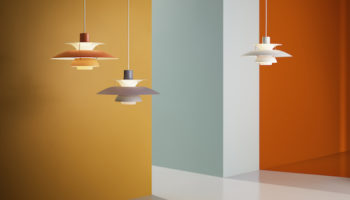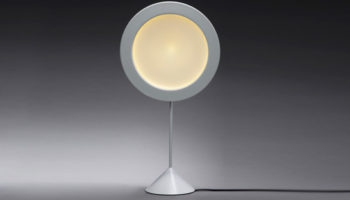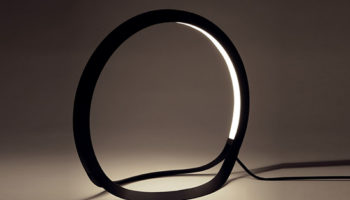Pedro Mealha’s Rhizome Lamp Will Give you Something to Think About
Sometimes it happens that I get to write about a product with a philosophical or aesthetic underpinning that interests me. This is the case with the Rhizome Lamp by Pedro Mealha. For those unfamiliar with the word, a rhizome is a botanical structure wherein one root sprouts up many different roots, so that they create a super-structure. The clearest arboreal example is provided by the aspen tree. Should you find yourself in an aspen grove, what you may not realize is that all of the trees are one living being. Some scientists claim that the largest living organism in the world is a giant grove of aspen trees known as Pando (found in the Colorado Plateau in Utah).
Rhizome Lam. Designed by Pedro Mealha.
If that doesn’t strike your fancy, then you might be tempted by the philosophy inspired by the rhizome, a concept created by Gilles Deleuze and Félix Guattari in Capitalism and Schizophrenia that focuses on rhizomatic structures as modes of thought (disclaimer: this is a simplification). Who cares? you might be asking. Well, Pedro Mealha does—he did, after all, name his desk lamp after the multiplicitous framework.



Rhizome the lamp exhibits many of the qualities I find so interesting about the botanical/philosophical system. While the lamp sprouts from a single root, i.e. the base, its base is varied, composed of a circle of ball bearings trapped within a skeleton of 3mm bamboo plywood. All of the tilting mechanisms remain visible, a little system of pulleys and wiring—the intestines of the beast. The thin, flat sections of wood contrast with all of Rhizome’s extensions and rotations; it’s a study of flatness—and of how flatness can yield to three-dimensional, animatronic movement. Pedro Mealha has designed a lamp that revels in its transparent workings: the Rhizome Lamp does what the aspen tree cannot—it illustrates its complex interconnections.




Leave a Reply